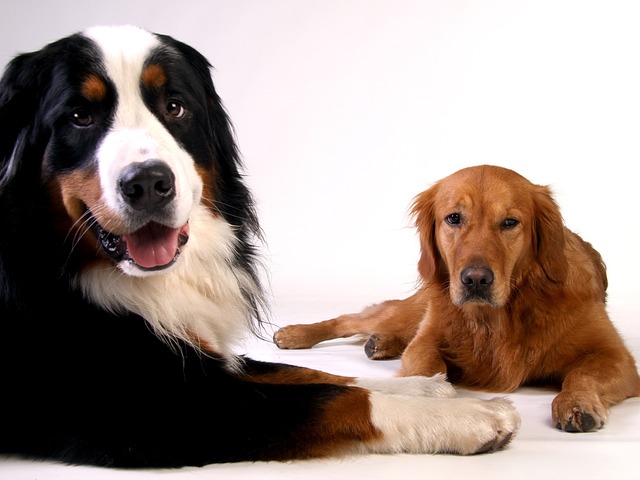
How can I tell if my dog's heatstroke is serious
Let’s be real: It’s a sticky August morning in Los Angeles, and you took your 2-year-old Golden Retriever, Max, for a walk a little later than usual
As a Chow Chow owner, those iconic triangular ears—when upright—frame their lion-like mane beautifully. But if your pup’s ears stay floppy or only partially rise, it’s natural to feel concerned. Let’s approach this with patience and science, prioritizing your dog’s health over aesthetics, especially in regions where animal welfare laws emphasize ethical care.
First, understand that ear development is a gradual process. Most Chow puppies’ ears start floppy and begin to stand between 8–16 weeks as cartilage strengthens. Genetics play a big role: if the parents had late-standing ears, your pup might too. But if they’re over six months old with no progress, or ears suddenly droop, it’s time to check for health issues. Floppy ears in older Chows can signal nutritional deficiencies (like low calcium or protein), hormonal imbalances, or ear infections that weaken cartilage. Always start with a vet visit—they’ll rule out infections, review diet, and test for conditions like hypothyroidism, common in some breeds. In many Western countries, vets are legally required to advise against cosmetic fixes without medical need, so a clean bill of health is crucial.
Assuming no health problems, nutrition is key for cartilage strength. Feed a high-quality diet with animal-based protein as the first ingredient and balanced calcium levels—too much or too little can harm large breeds like Chows. Supplements like fish oil (for omega-3s) may support ear health, but always consult your vet before adding anything to avoid interactions.
 For young puppies still developing, some breeders use temporary taping with vet-approved, non-adhesive materials to support cartilage growth. This must be done loosely to avoid circulation issues, with daily checks for skin irritation. However, Western pet care trends increasingly favor natural development—aggressive methods like rigid splints are widely discouraged and can cause permanent damage, even leading to cruelty complaints. Always get your vet’s okay before attempting any support, and stop immediately if your pup is uncomfortable.
For young puppies still developing, some breeders use temporary taping with vet-approved, non-adhesive materials to support cartilage growth. This must be done loosely to avoid circulation issues, with daily checks for skin irritation. However, Western pet care trends increasingly favor natural development—aggressive methods like rigid splints are widely discouraged and can cause permanent damage, even leading to cruelty complaints. Always get your vet’s okay before attempting any support, and stop immediately if your pup is uncomfortable.
Culturally, while show rings prize “perfect” ears, most value their dog’s individuality over strict breed standards. Many Chows with floppy or asymmetrical ears live happily, and their unique look often becomes a beloved trait. Forcing ears to stand via risky methods ignores the fact that ear carriage doesn’t define a Chow’s loyalty or joy—their bear-like sweetness and calm demeanor are what make them special.
If your adult Chow’s ears remain floppy, focus on proactive care: check regularly for moisture (floppy ears trap humidity, increasing infection risk) and clean gently with vet-approved solutions. Celebrate their unique appearance—after all, a Chow’s charm comes from their personality, not their ears’ angle.
It’s also important to note that in regions with breed-specific laws, cosmetic ear alterations (even taping) may be restricted without veterinary oversight. Staying informed about local regulations ensures you’re a responsible owner, prioritizing your dog’s right to comfort over conformity.
Ultimately, whether your Chow’s ears stand tall, flop softly, or sit somewhere in between, their worth as a companion is unchanged. By allowing natural development, ruling out health issues, and rejecting harmful quick fixes, you’re embodying the compassionate ownership that values. Remember: the best care isn’t about perfecting their appearance, but about creating a safe, loving home where they thrive. Their ears—like every part of them—are perfect because they’re uniquely yours.
So, embrace the journey. Watch your pup grow, cherish their individuality, and let their ears tell their own story. In the end, it’s the love and care you share that make them the most beautiful Chow in the world—ears included.

Let’s be real: It’s a sticky August morning in Los Angeles, and you took your 2-year-old Golden Retriever, Max, for a walk a little later than usual

You're enjoying a summer afternoon at the park when you notice your dog has stopped panting and appears disoriented - their gums are bright red

Let’s paint the picture: You’re in your Denver apartment, watching your 4-year-old Boston Terrier, Ruby, plop down mid-play session with her favorite toy

Many dog owners notice their pets nails seem shorter after regular walks,but how much does this daily activity actually help?The answer depends on where you walk—concrete sidewalks or asphalt streets gently file nails as a dog's paws hit the ground

Most dog owners notice their pup scooting across the carpet at some point, but few connect it to impacted anal glands. These small sacs near a dog’s rectum secrete a scent for marking territory

Most vets agree that regular dog teeth cleaning is key to avoiding painful dental issues later. For healthy adult dogs, a professional cleaning at the vet’s office every 12 to 18 months usually works well.